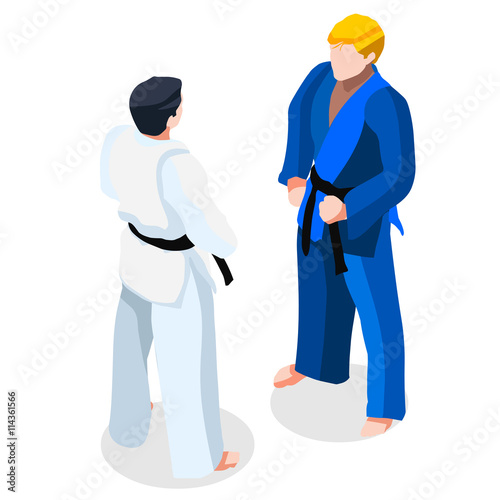Introducing The Range Of Martial Arts Disciplines: An Overview From Karate To Taekwondo
Introducing The Range Of Martial Arts Disciplines: An Overview From Karate To Taekwondo
Blog Article
Short Article By-Magnussen Lemming
Are you tired of feeling bewildered by the large world of fighting styles? With a lot of designs to select from, it can be easy to obtain lost in a sea of strikes, kicks, and mysterious names. Yet worry not!
This discussion will demystify the various fighting styles styles, taking you on a trip from the effective strikes of Martial arts to the vibrant kicks of Taekwondo. Prepare to uncover martial arts for adults near me , methods, and approaches behind these old art forms.
So, tighten your belt and prepare to start an enlightening expedition into the fascinating globe of martial arts.
Origins of Martial Arts Styles
The origins of fighting styles designs can be mapped back to ancient civilizations and their demand for self-defense and combat strategies. Throughout background, various cultures created their own unique approaches of fighting, each with its own collection of techniques and approaches.
In China, as an example, fighting styles styles such as Kung Fu and Tai Chi were established as a means of self-defense and boosting physical and psychological wellness.
In Japan, the samurai warriors created styles like Karate and Judo, focusing on self-control, precision, and mastery of the body.
Similarly, in Highly recommended Reading , Taekwondo emerged as a martial art emphasizing high kicks, fast movements, and psychological perseverance.
These early worlds laid the structure for the diverse variety of fighting styles designs that exist today, each with its very own abundant background and cultural significance.
Methods and Training Approaches
To understand fighting styles styles, practitioners should learn numerous methods and training methods.
Methods are the particular activities and actions made use of in combat, such as strikes, kicks, tosses, and obstructs. Different martial arts designs have their own distinct collection of techniques that specialists need to grasp with extensive training.
Training approaches vary depending upon the design, however they typically include a mix of physical fitness, drills, sparring, and forms.
Physical conditioning is crucial to develop stamina, adaptability, and endurance. Drills help specialists fine-tune their methods and enhance their rate and accuracy.
Competing permits martial arts and the autism spectrum to practice their strategies in a regulated, practical environment. Types, also called kata, are deliberate series of activities that aid practitioners create muscular tissue memory and emphasis.
Viewpoints and Concepts
Discovering the viewpoints and concepts of fighting styles styles can supply you with a deeper understanding of your chosen discipline. Each martial art has its very own unique viewpoint and collection of guiding concepts that shape the method it's practiced.
As https://www.arkansasonline.com/news/2023/jul/15/martial-arts-helps-arkansas-freshman-sanford-prepare/ , Martial arts highlights self-control, regard, and self-constraint. It educates experts to concentrate their minds and bodies, enabling them to defend themselves while maintaining a sense of internal tranquility.
On the other hand, Taekwondo places a solid emphasis on rate, dexterity, and versatility. Its principles are rooted in the tenets of politeness, stability, determination, self-discipline, and resolute spirit.
Conclusion
Now that you have actually checked out the beginnings, techniques, and viewpoints of numerous martial arts designs, you have a much deeper understanding of these old techniques.
Imagine a young karate student, experimenting steady decision and emphasis, appearing boards with an effective punch.
Their journey showcases the dedication and strength called for to grasp a martial art, reminding us that with self-control and willpower, anything is feasible.
